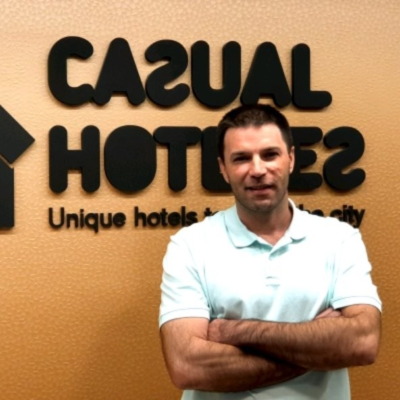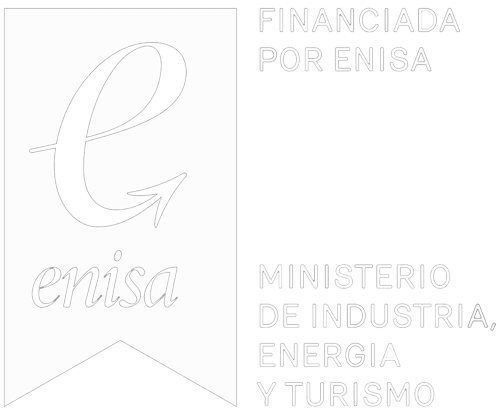Tips for Defining the Right Pricing Strategy
Taking advantage of the market situation to increase revenue, through changes in prices and availability, has become something of an art. The need to quantify information and trace bookings make it indispensable to have tools that help interpret the reality of our accommodation in relation to the market. Therefore, we at BEONx are going to offer you a series of tips on how to define the most appropriate pricing strategy for your hotel or other types of accommodation.
The importance of Revenue Management in hotel management
As revenue managers, we work on the basis that our main goal is to attract the right client at the right time, and so maximize profits. All accommodation is subject to booking flows, which are due to factors such as location, customer profiles or even brand positioning. We engage in a constant process of balancing bookings in low season and capitalizing on greater demand volumes in high season, while the priority of a conventional revenue strategy is to achieve more competitive prices that translate into increased revenues.
It is also important to look at Revenue Management as a department that helps to better manage resources, predicting future scenarios and forecasting management-related expenses in specific situations. It is crucial for hoteliers to understand revenue management as a flexible and dynamic approach that allows them to readjust their pricing policy, and even costs, to market conditions. Therefore, directors, owners or heads of departments should recognize the importance of using some kind of software solution (RMS) to help them to implement their revenue management strategy as effectively as possible.
Determine the type of rate for your accommodation
There are a series of fees that all tourist accommodation must calculate, and on which you will be able to construct and develop a revenue strategy:
-
Rack rate. The rack rate is the normal rate, or total price of the room, before discounts or promotions are applied. In certain cases, hotels advertise their rack rates in the hope of convincing customers that they are paying the appropriate price for a full service.
-
Commerical or Corporate Rate. Hotels that work with large volumes of business travelers offer corporate discount rates to certain companies that frequently use their accommodation. The calculation of the commercial or corporate rate is based on the recurring rate paid by loyal travelers with a considerable number of annual bookings.
-
Group Rate. A group rate applies to a large group of travelers who book a significant number of rooms during a certain period of time. In the case of direct bookings, it is possible to negotiate rates taking advantage of the minimum expense involved in capturing this traveler.
-
Rewards Rate. Some companies create a reward rate for frequent travelers or members of loyalty programs. This is a clear way to incentivize direct bookings and promote the brand among your trusted circles.
-
Pated Rate. Some accommodations offer packages that include extras such as services or activities. They often offer a different rate for these offers in which all prices are given visibility in a customized way. These types of rates vary depending on the season, partner, or demand for rooms in the hotel.
Define your hotel’s pricing strategy
There is no perfect pricing strategy for hotels or for every type of accommodation. Each head of Revenue must work out a precise pricing strategy to improve the results of their own accommodation, focusing on very specific characteristics. To give you ideas about approaches to pricing strategies, here are some of the most significant ones:
-
Competitive pricing strategy. When adopting this type of strategy, hoteliers must identify their main competitors in the local area and the price of their rooms. As their hotel is in direct competition with others in the region, they must receive timely information to react to price fluctuations and increase their appeal relative to that of their competitive set.
-
Market Average Strategy. With this pricing strategy, hoteliers work through the price of their high-end rooms and compare these to the basic rooms available in the hotels of their competitors. This allows the hotel to capture the attention of the market and compete on price with a product based on quality while, at the same time, attracting greater traveler attention to their product.
-
Added Value Strategy. For this pricing strategy to work, the hotel must set its room rates higher than those of the local competition, while offering more extras in the basic package. This suggests to the traveler that the hotel is offering a first-class experience, focusing more on value than on simply lowering prices.
-
Discount Strategy. This classic short-term strategy is an ideal option when bookings are slow and need to be boosted for short periods. In a discount strategy, rooms are priced as low as possible for a very short period of time.
It is advisable to calculate the Average Daily Rate (ADR)
The Average Daily Rate (ADR) is a key metric used in the hotel industry to indicate the average price paid per room occupied in a certain period of time. The ADR is a fundamental datum to consider when evaluating the success of the hotel’s Revenue Management strategy. Hoteliers who need to calculate their ADR can simply do so by dividing their income per room by the number of rooms sold.

















